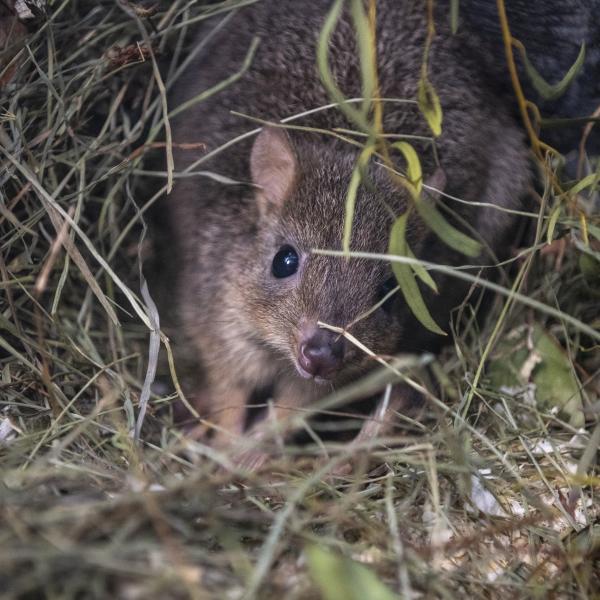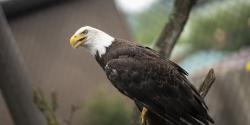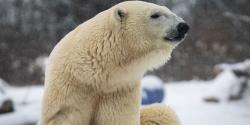Also known as woylies or rat kangaroos, these small nocturnal marsupials act as ecosystem "engineers" by digging and turning over soil and leaf litter in search of food.
This improves soil health by aerating it and allowing deeper water penetration, spreading fungal spores and plant seeds for new growth, and helping reduce fire risk by breaking down leaf litter.
Located in Australia & the Islands
Scientific Name: Bettongia penicillata
Conservation Status: Near Threatened
Size: Body length of 11 to 18 inches, with a 10- to 13-inch-long tail
Weight: About 2 to 4 lbs.
Median Life Expectancy: 8.3 years









